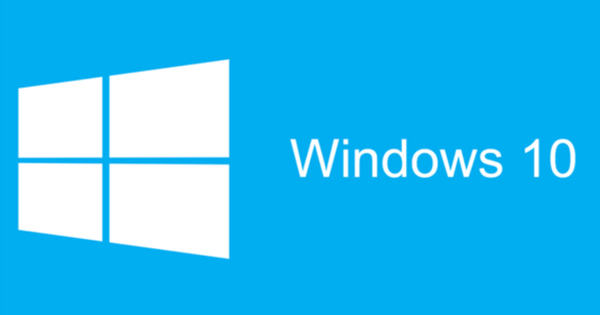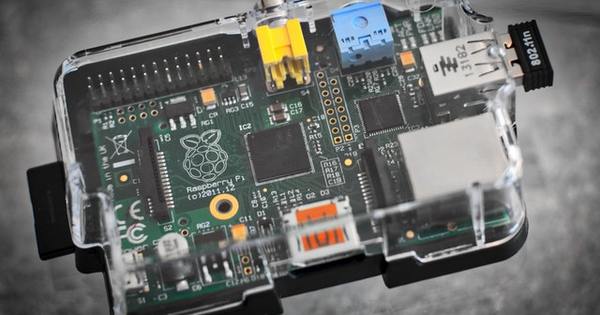Your system has crashed. What now? Windows 8.1 includes some options to recover your computer. It's helpful to know how they work before you actually need them. To properly restore your system, it is wise to check and/or create a recovery image.
1 Recovery Methods
There are several ways to recover your computer after a system crash. In this article, we'll focus on Windows 8.1's built-in recovery procedures. This allows you to completely restore your system to factory settings (Factory Restore) or restore it without losing personal files (Refresh PC). The last option is the most interesting.
In both cases, an image file, also known as a snapshot or snapshot, is used. In this article, we test and verify the image file. Here we discuss the built-in routine of Windows 8.1. This works Spartan, you have to run commands in the command prompt.
If this is too much of a good thing, you can also get started with RecImg Manager. This tool makes it easier to work with snapshots of your system. For experts it is good to know how the snapshots function behind the scenes and what the possibilities and limitations are.

Windows 8.1 has a built-in recovery procedure to get your computer up and running again in case of problems.
2 Recovery Media
The recovery procedure of your computer is easy to activate from Windows 8.1. But what should you do if your system no longer starts up, freezes quickly or keeps restarting itself? You need a special USB stick for this scenario. You can easily create this, while Windows is still working.
Insert an empty USB stick of at least 512 MB. Go to your Charms bar (Windows key+C) and enter Create a recovery drive as a search. Start the procedure of the same name. A wizard guides you step by step to create the stick. In an emergency, you can boot your computer from this USB stick and activate the recovery options mentioned in this article.

Create a special USB stick in case Windows ever fails to boot.
3 Windows System Restore or Refresh PC?
Windows System Restore is different from Refresh PC. System Restore, which was already present in previous Windows versions, offers an easy way to solve problems in some cases. Refresh PC and Factory Restore are present in Windows 8.1 and replace your computer's classic installation DVD. However, it is still useful to know how to use Windows System Restore. For example, if your computer is behaving strangely after you installed a new program yesterday, you have a good chance of fixing it with Windows System Restore. If all goes well, Windows will automatically create a system restore point when major changes (such as a software installation) are made.

Only use the Refresh PC feature if you have serious problems and if System Restore does not work.
4 Time Machine with System Restore
Windows System Restore can be started in several ways. Use the key combination Windows key+X and choose System. click on Advanced System Settings and open the tab System Security. If this option is not possible, click on Configure to set this item again. With the button To make force your Windows System Restore to immediately create a restore point. With the button System recovery you can revert to a previously created restore point.
Windows System Restore is also available via the recovery USB stick. Boot your computer from the USB stick and choose Troubleshooting / Advanced Options / System Restore.

Windows System Restore can be the lifesaver to get your computer up and running again.
playfully?
The built-in security via image files should be seen as a last resort. It is essential to get your computer up and running again in the event of serious problems. However, it is also a procedure that should not be used as a toy! Any form of computer recovery has consequences that may also be detrimental. Although Refresh PC does not work with a complete image, you should also be careful with this. You should not lose files with the Refresh PC option, but there is a chance that programs will no longer work afterwards.
Also, the preferences of programs may be disrupted after using Personal PC Refresh.
Remote backup
In this article, we assume that your hard drive has not physically crashed. If it does, the Refresh PC option will not work and you will lose all your files. You can protect yourself against this with a backup on an external hard drive, for example with Acronis True Image Home (50 euros) or EaseUS Todo Backup Free (free).

